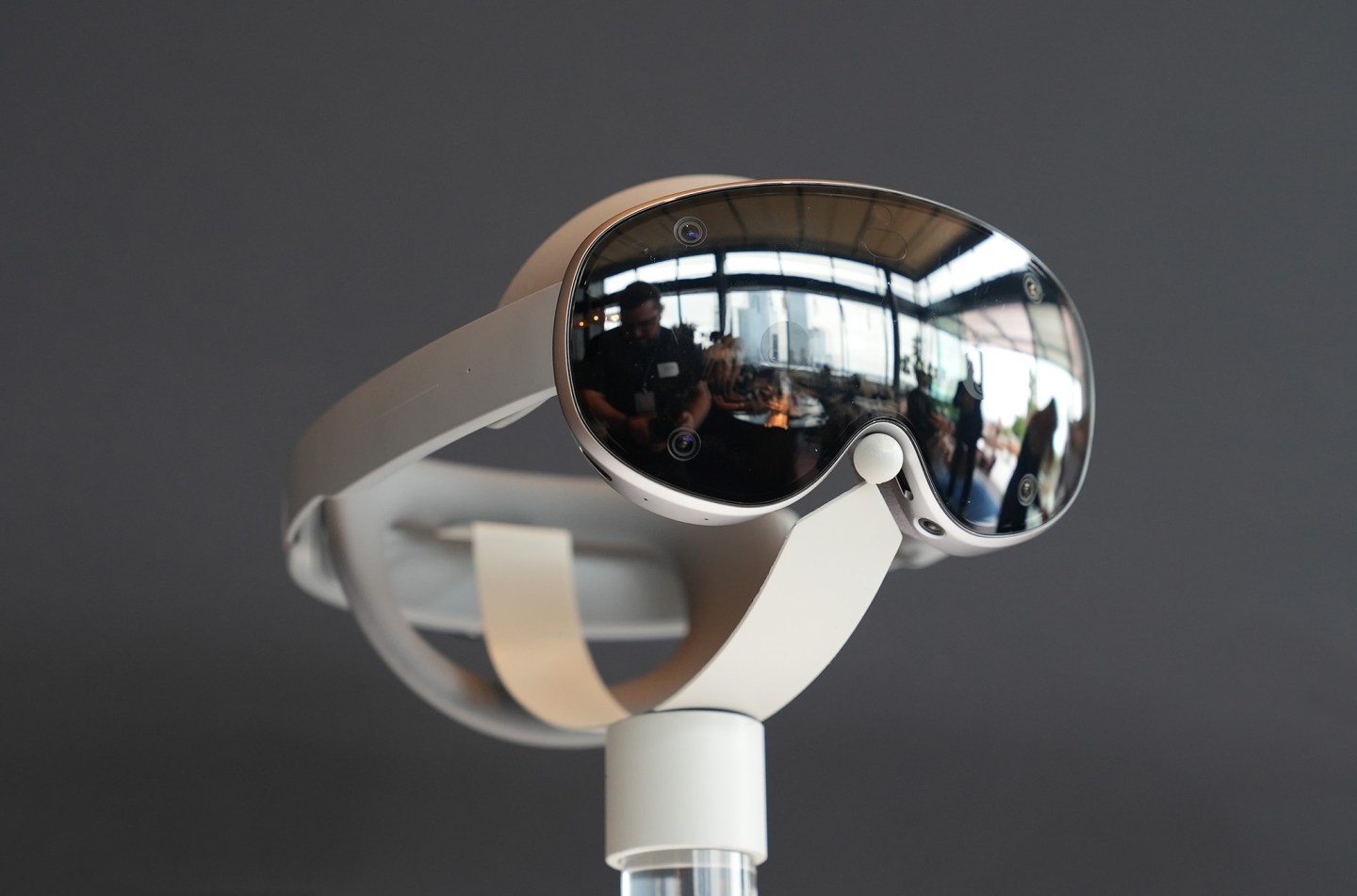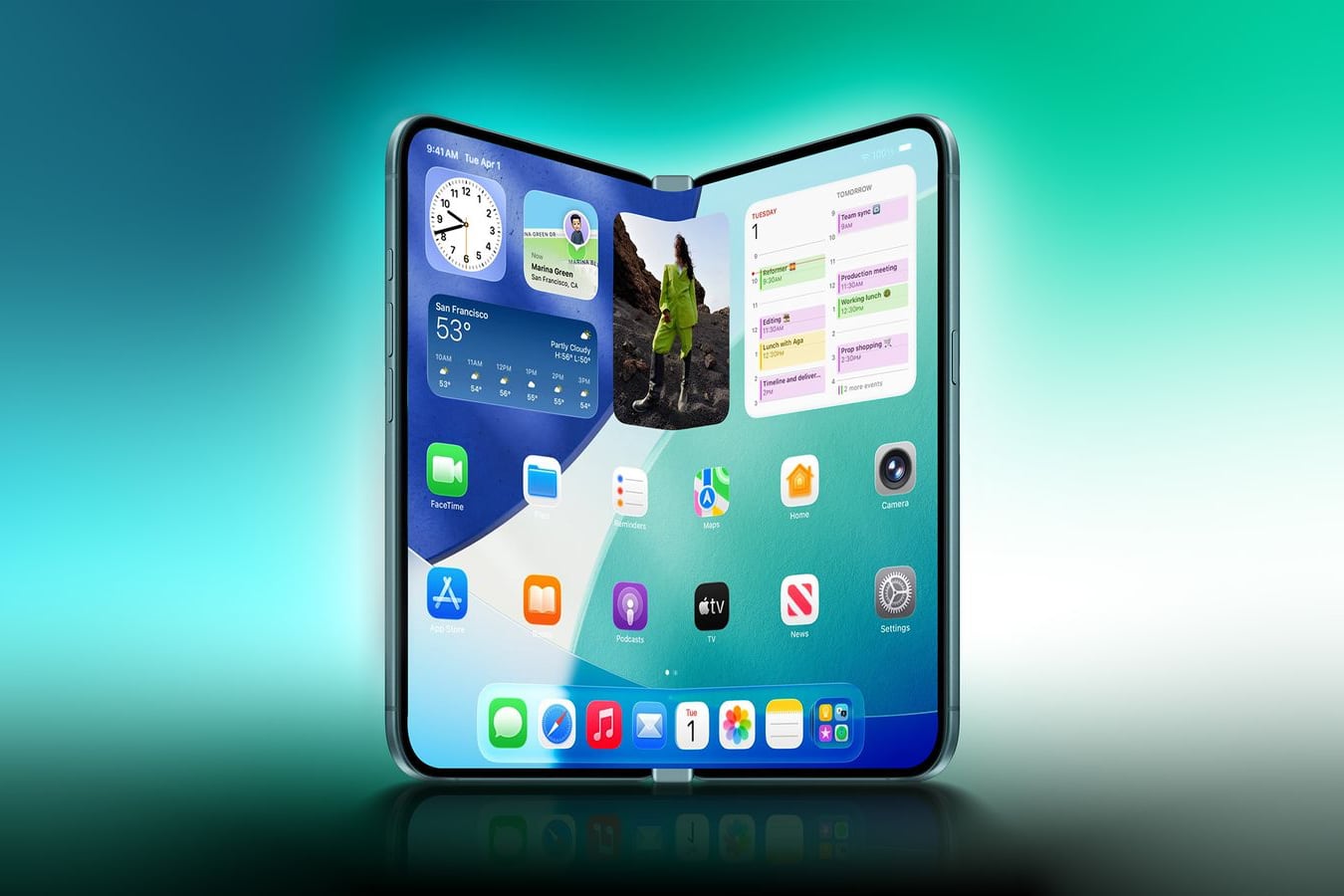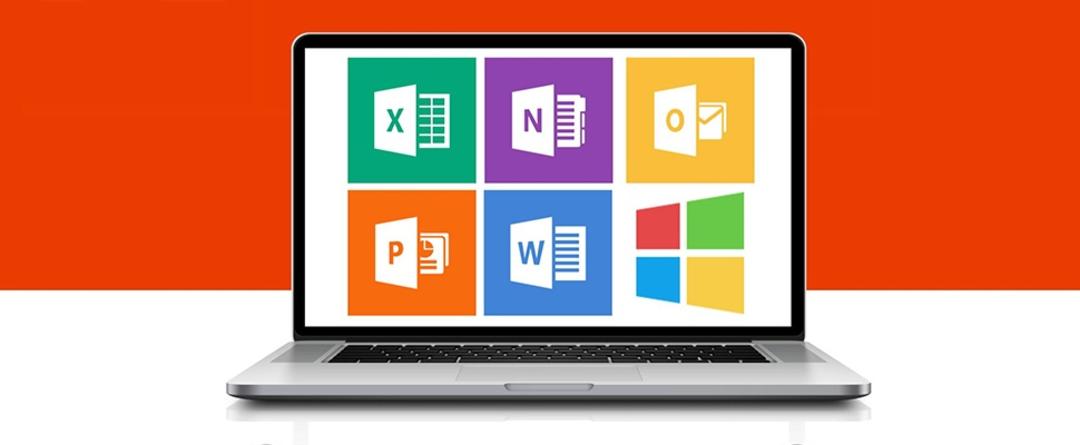Not completely satisfied with your monitor’s settings? You can set a few things within Windows. We explain how to do this in this article.
Want to learn more about Windows 10? start now with Course: Windows 10 Administration (Book and Online Course)†
Step 1: Resolution
The basis for optimal display tuning is choosing the right resolution. More pixels means both a sharper image and more workspace, and almost everyone benefits.
Each display has only one optimum resolution setting. If you do not set the resolution correctly, your screen may show blurry images. go Start / Settings / System / Display / Advanced Display Settings† Bee Resolution You will see the current settings. Added setting suitable for your screen Recommended† Check this and adjust if necessary.
In Windows 11 you go to the Settings app and you will find the option in the System menu. view† Click on it and you will immediately get more information about your monitor. below scale and layout did you find the option Screen resolution† You should see behind the screen resolution in parentheses suggested stop. Then you know you have chosen the best settings in terms of screen resolution.
Want to know more about the resolution of your screen? In another article, we explain which resolution best suits your needs.
Also read: How to enlarge text in Windows 10.

Step 2: ‘DPI Scaling’
“DPI scaling” is a lesser known setting. With scaling, a lower resolution ‘spreads out’ to a higher resolution. If you do it right, it produces razor-sharp images. The advantage is that many programs do not need to compute at this high resolution. In short: the higher resolution of the screen is fully used, but programs ‘see’ a lower resolution. Windows also has some form of scaling, but it’s actually stunning in quality. An incorrect setting therefore gives strange effects. For example, your icons appear too large or too small to be read. go Control Panel / Appearance and Personalization / Display and click Set custom scaling level† The best setting is 100%, but if you have poor vision you can scale up to 125%, 150%, 200% or higher. With this adjustment, everything in Windows grows (or shrinks if you go back to 100%).
An incorrect setting in ‘dpi scaling’ can cause icons to appear too small (or too large).
ClickMonitorDDC
There are also several programs, including ClickMonitorDDC, that do an excellent job of controlling the brightness, contrast, saturation, volume, and even RGB values of connected displays. The free tool also works in multi-screen setups. It is useful when there are no options on the screen or hard-to-reach options to set these parameters.
Step 3: Colors and Text
You can best calibrate your screen with specialized hardware, but that would be too good for most people. Windows also has its own calibration options. go Start / Settings / System / Display / Advanced Display Settings / Calibrate Display Colors† A wizard takes you step-by-step to the ideal settings for your monitor. If later on it turns out that you don’t like the result, you can always run the wizard again. Finally, there is the optimization of the readability of the text. You can set this from: Advanced display settings† click ClearType Text and go through the wizard. Windows will always show a piece of text and let you choose which one you find more readable. This way the text becomes much more legible and you benefit from it every day when surfing the web and sending emails.
Review the wizards to optimize the colors and the appearance of the text.
If your monitor is still not displaying the image properly, you may have a problem with your computer screen. Think about blurry images, unclear colors and more of these types of problems. Fortunately, these can usually be resolved in a flash. You can read more about this in an article on monitor problems.

Source: Computer Totaal













